Why Russia can't win against the West
Russia is often portrayed as the invincible military power. And yet, this reputation is based on two wars - Napoleonic and WWII. In both cases Russia won only thanks to the alliance allied with *the* leading economic powerhouse of that era🧵
Russia is often portrayed as the invincible military power. And yet, this reputation is based on two wars - Napoleonic and WWII. In both cases Russia won only thanks to the alliance allied with *the* leading economic powerhouse of that era🧵
Napoleonic Wars were won only because of the Russian alliance with the UK. WWII - only because of the alliance with the US. In both cases the leading economic, industrial and technological power of the age supported Russia, giving it almost unlimited credit and supply line
Let's start with the WWII. Early Bolsheviks were absolutely fascinated by America and its industrial power. The last movie Vladimir Lenin watched before his death was the video recording from the Ford assembly lines in Detroit. They dreamed of emulating the American industrialism 
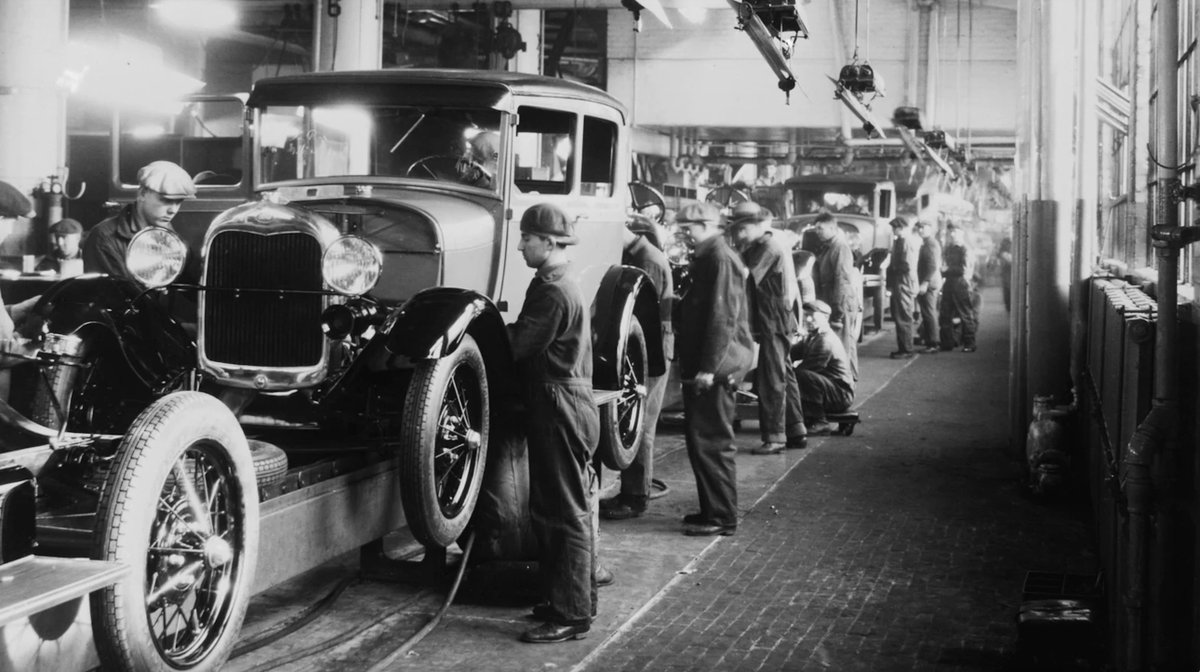
Soviet industrialisation is portrayed as the "competition" with the capitalist West. It is a lie. In fact, it was a meticulous emulation of American industrialism. America built Soviet industrial power. American companies, technologies, engineers made the USSR a powerhouse 
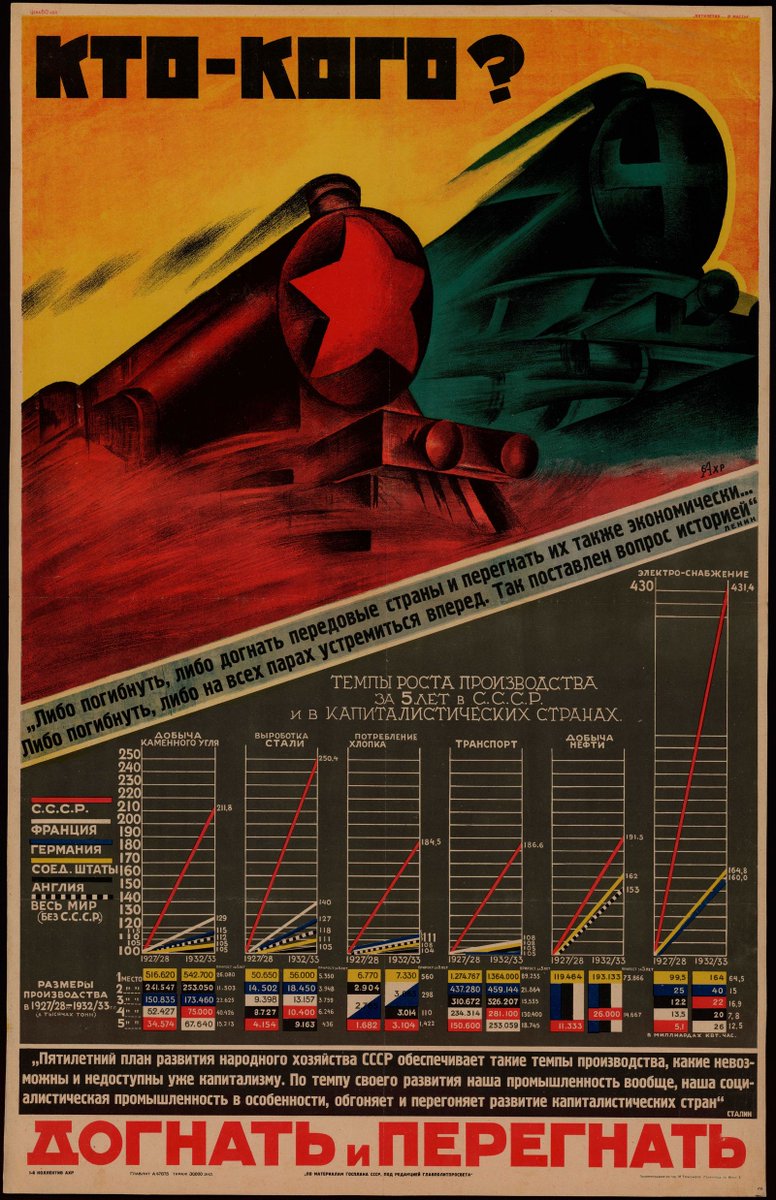
Most of technological transfer from to the US to the USSR was personaly supervised by Saul Bron. Born in Odessa in 1887, he earned his PhD in Economics at the University of Zurich. After the revolution he became the key figure of Soviet economic policy, specifically foreign trade 
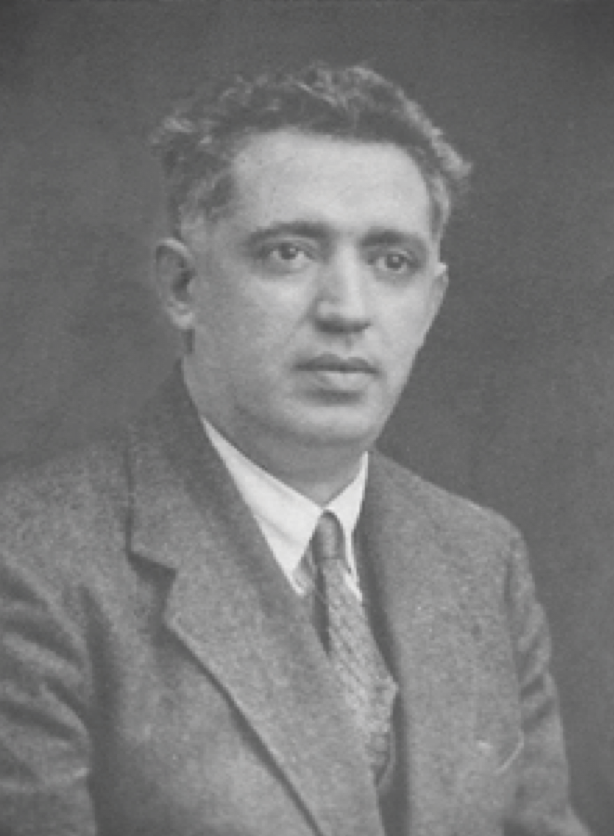
Saul Bron was the member of the Supreme Economic Council and CEO of many state owned companies. He headed the Exportkhleb - a company for the grain export to the West and the Bank for Foreign Trade Vneshtorgbank. He supervised most of Soviet trade with the capitalist countries
When Stalin picked up Mikoyan as the commissar for foreign trade, Mikoyan was hesitant and not sure if he could manage it. Then Stalin assured him he would dispatch some experienced people, especially Saul Bron, who could “boost any commissariat” 
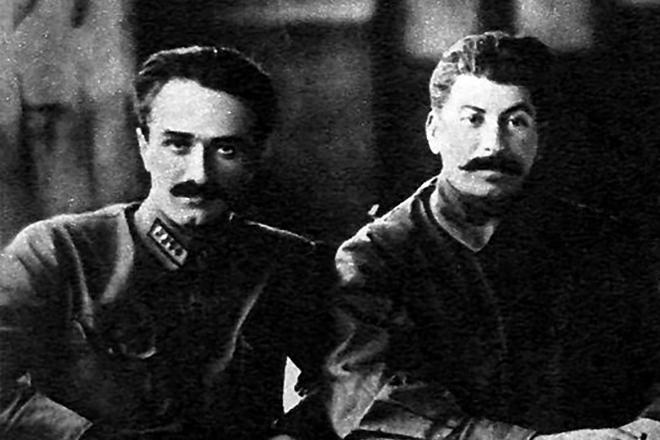
In 1920s USSR wasn't recognized by the US and thus couldn't negotiate directly. And yet, a number of DC establishment like Senator William Borah, the chairman of the Senate Foreign Relations Committee, had favorable views of the USSR. So some sort of proxy trade was possible 
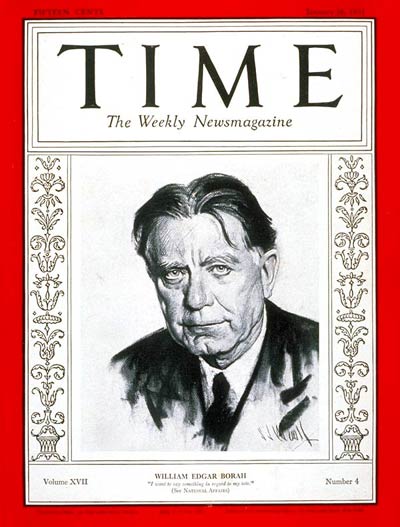
The main proxy for Soviet-American trade was the Amtorg Trading Corporation established in 1924 as a result of merger of a few companies including another quasi private entity Arcos America (Arcos was Soviet proxy for trade with the UK led by Krasin - I'll elaborate next time) 
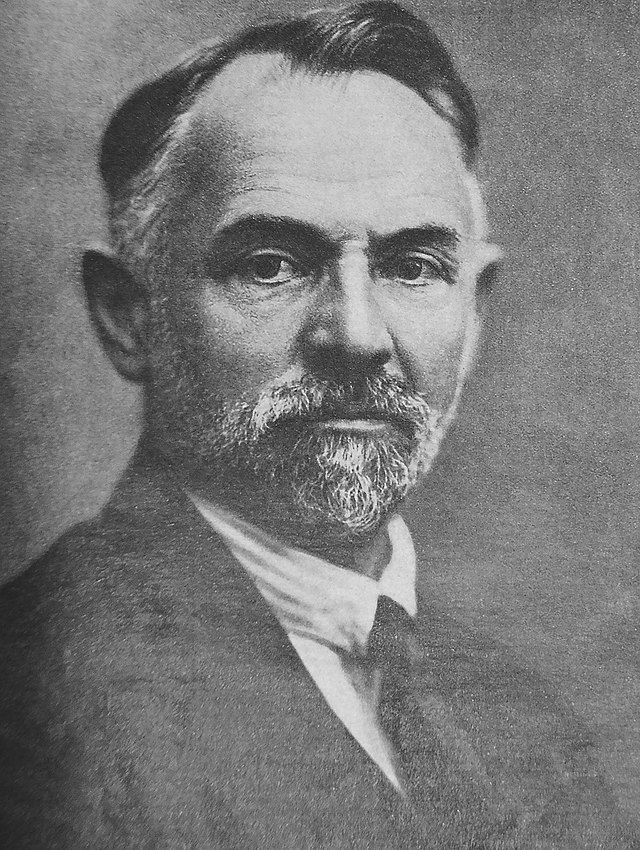
In 1927 Stalin appointed Saul Bron as the CEO of Amtorg Trading Corporation. Theoretically Amtorg was an American corporation. In practice though it was a Soviet proxy controlled by Politburo. It was a monopoly controlling all the Soviet-American trade 
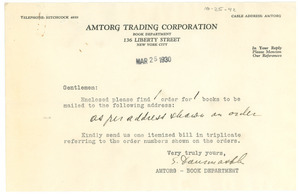
As the head of Amtorg, Saul Bron would personally look for and choose American partners who would help with the Soviet industrialization. One of Bron's first findings was a Detroit industrial architect Albert Kahn - here you see them signing a contract 
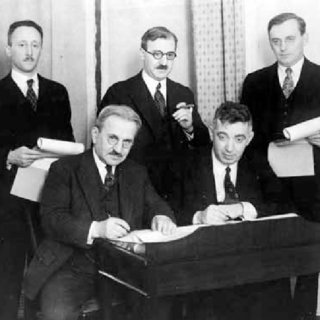
In 1929 Albert Kahn Associates secure a mega contract on designing and supervising construction of the Stalingrad tractor plant. It was modeled after the International Harvester Milwaukee plant. Kahn prepared architectural and engineering drawings including road & railroad access 

Kahn company fully organised the entire process. They procured American materials, machinery, and equipment, provided American experts. To put it simply, Stalingrad tractor plant was LEGO. Details were produced in America and assembled in the USSR under the American supervision 
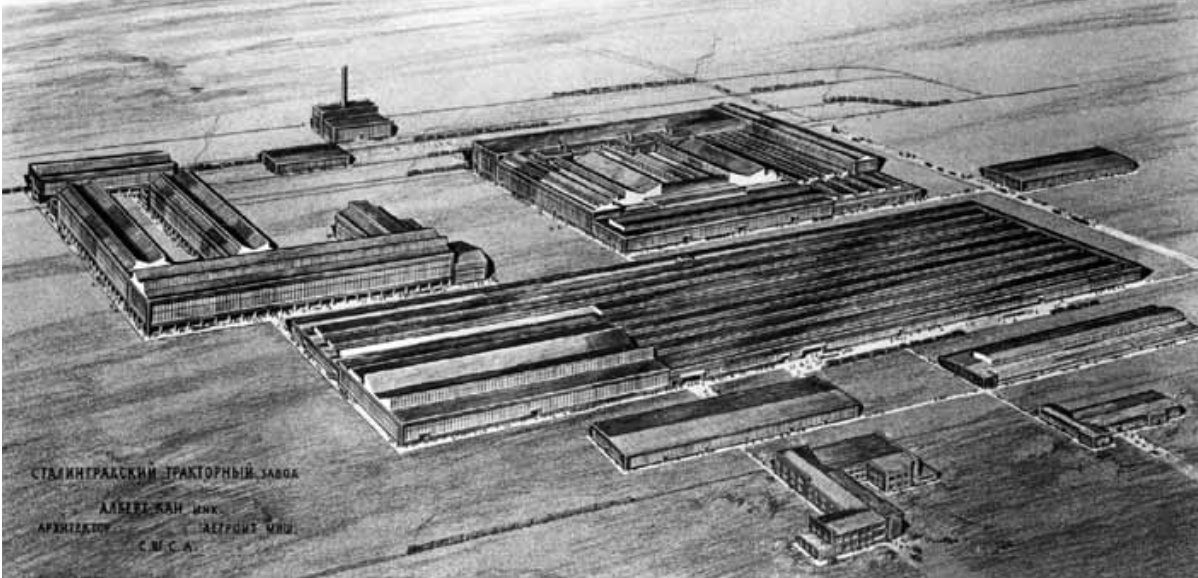
The Stalingrad tractor plant was assembled from the details and machinery prefabricated in the US and shipped by the sea. Kahn provided the key personnel - construction supervisors, installation specialists, foremen. It was built from American details and installed by Americans 
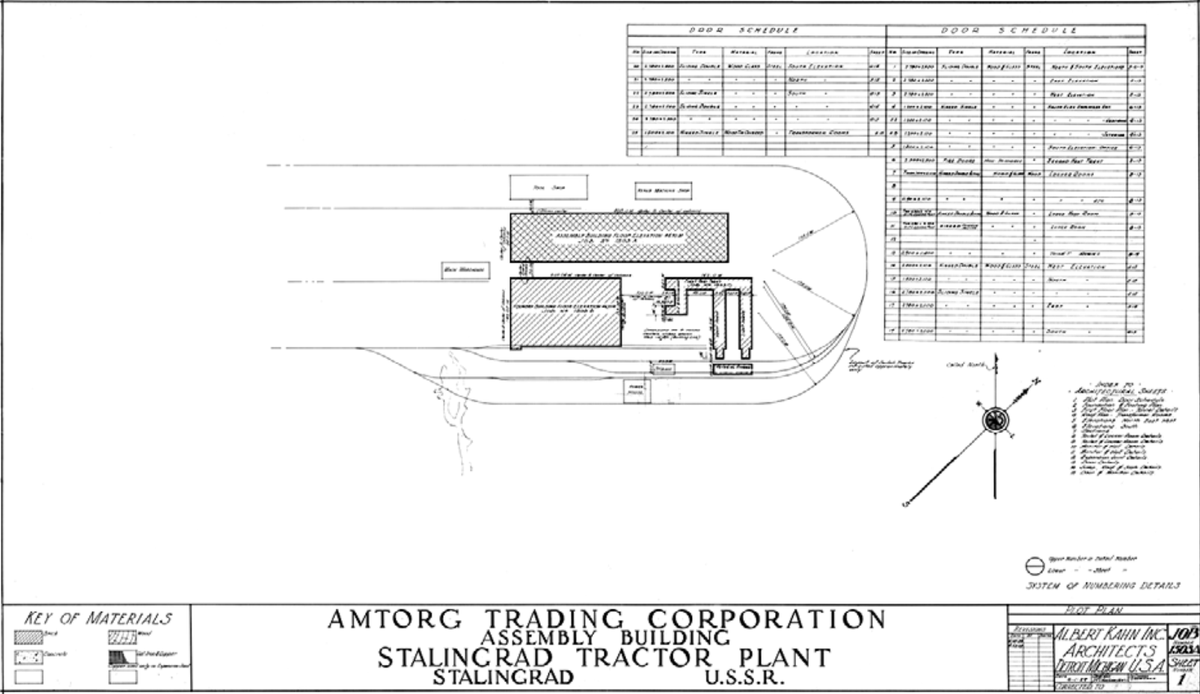
All the heating, plumbing, welding & electrical works were supervised by Americans. For every 20-30 Soviet workers there was an American foreman. The Traktorstroi recruitment office on 255 West Congress Street, Detroit provided most of the qualified workforce for Stalingrad plant 
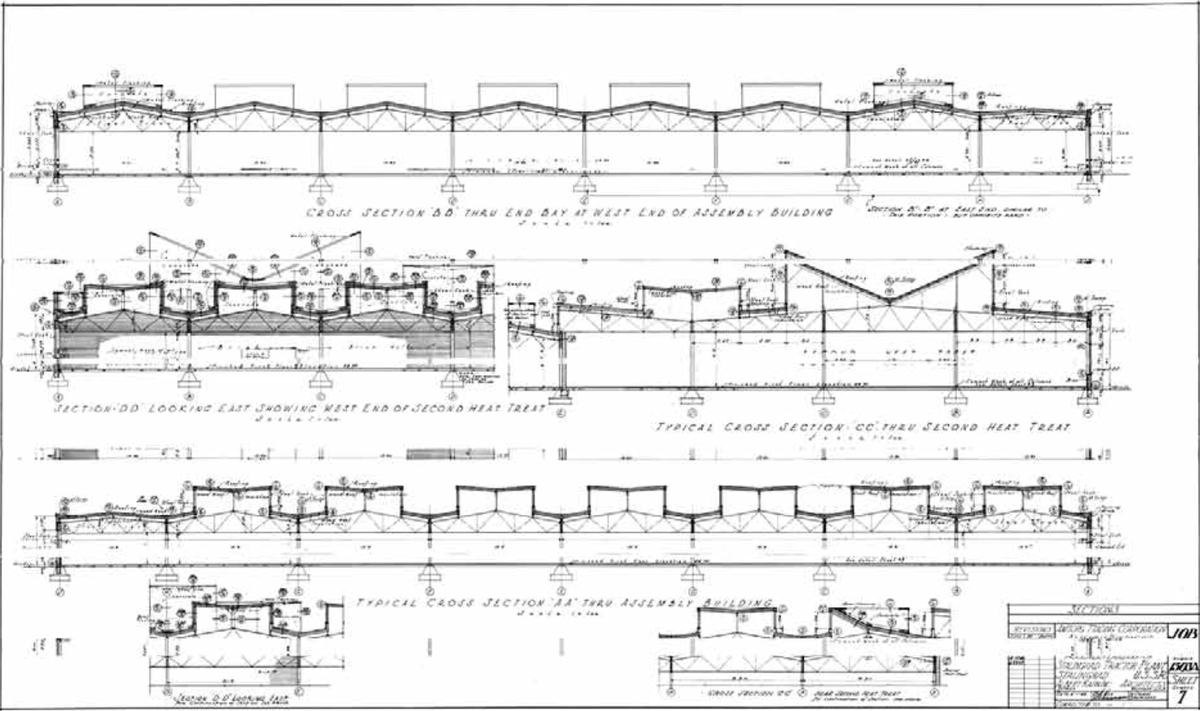
"Structural steel elements were prefabricated in New York by McClintic-Marshall Products (Bethlehem Steel Corp), shipped in a knock-down state to Stalingrad, via Black Sea and Volga, then assembled under the supervision of American builders and engineers selected by Kahn’s firm" 
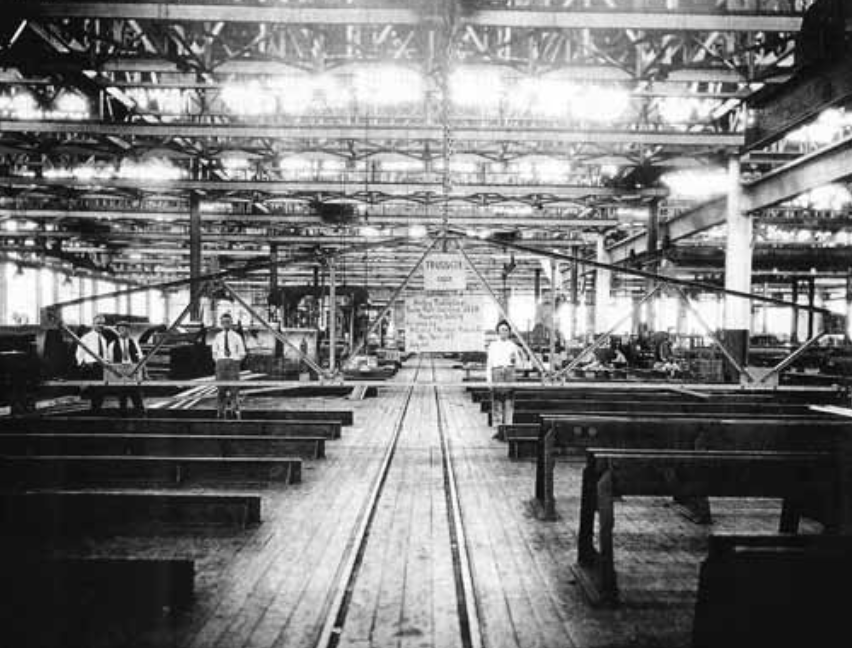
Kahn Associates commissioned over 100 American companies with supplying and assisting the construction. All the building materials, equipment and tools were American produced. Kahn even designed a special railroad to bring materials from Stalingrad docks to the construction site 
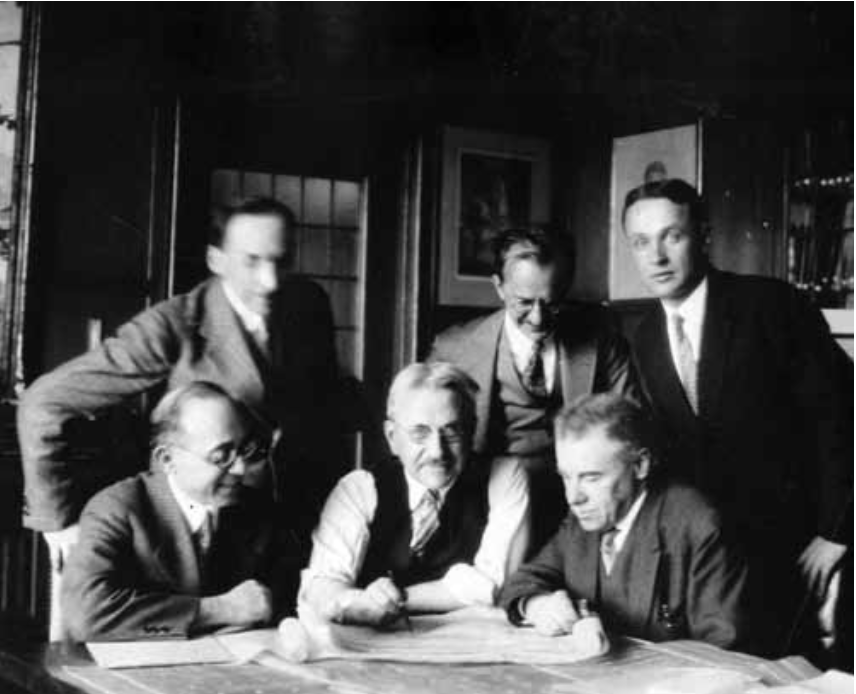
In 1941 and 1942 Stalingrad tractor plant would be the main producer of famous T-34 tanks which contributed so much into the Soviet victory. T-34 is glorified as the example of Soviet engineering genius. Not wrong. But it was assembled on American-built plants and infrastructure 
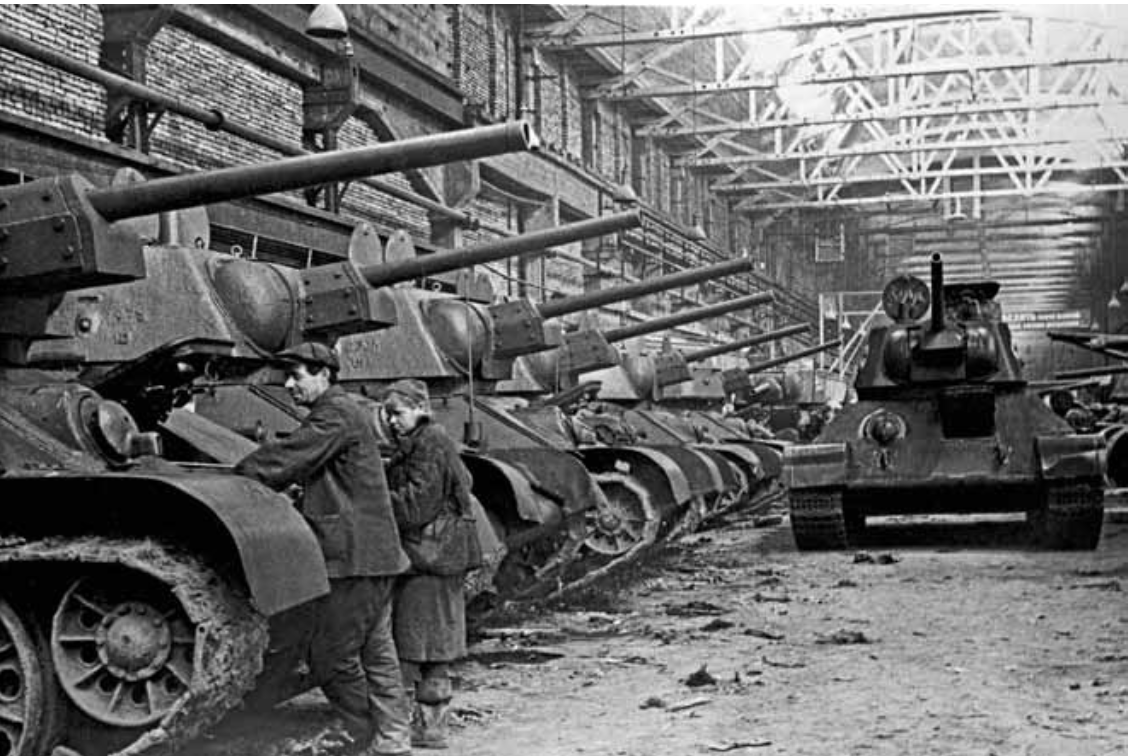
Next year they scaled up. In 1930 Kahn was commissioned to design and supervise almost all Soviet industrial construction under the first & second Five Year Plans: more than 550 plants & facilities all over the USSR, all Soviet tank, car & tractor industry, etc for 2 billion usd 
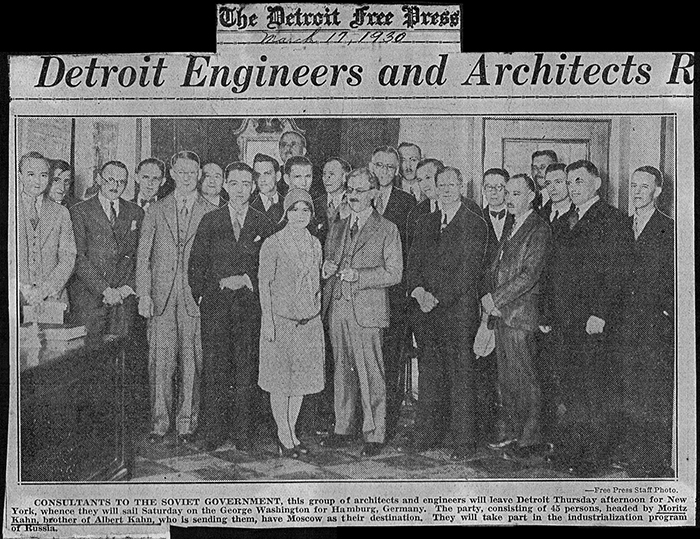
Of course mass involvement of American architects and engineers in Soviet industrialisation looked problematic. That's why it was disguised. USSR established an enormous government architecture bureau Госпроектстрой as a cover for American experts who lived and worked in the USSR 
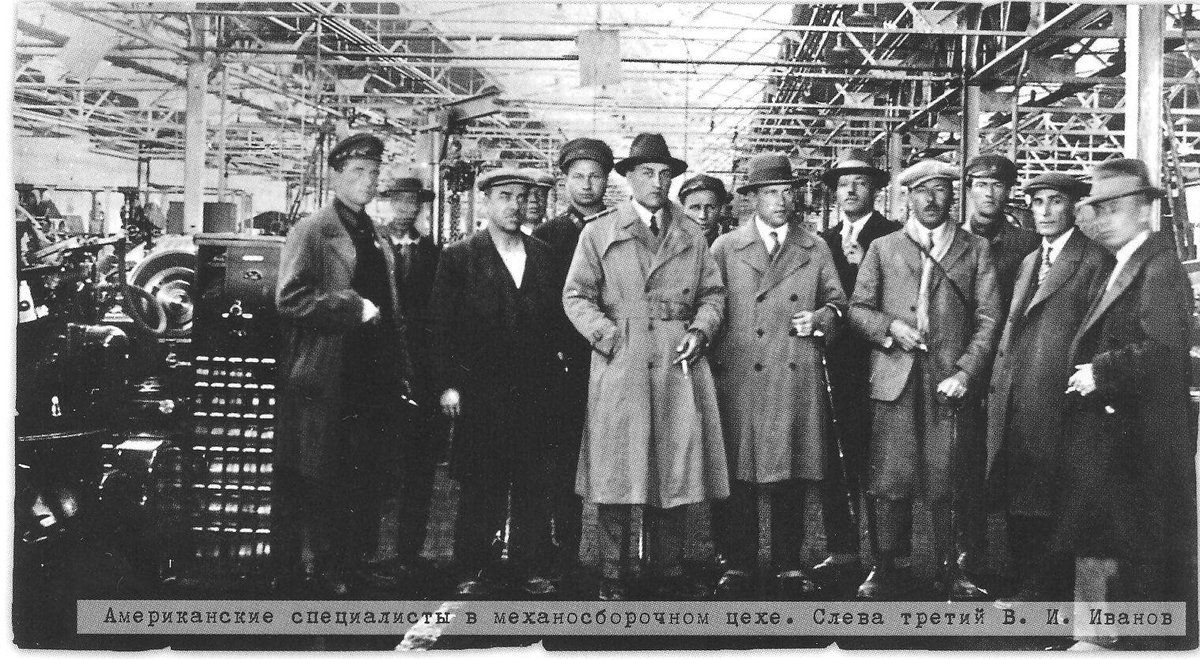
Initially the work was conducted from the Detroit office. Later, much of it was transferred to Moscow office where it was done with assistance of the Soviet staff whom Americans instructed and supervised. Here you see Moritz Kahn and his engineers departing to the USSR in 1930 
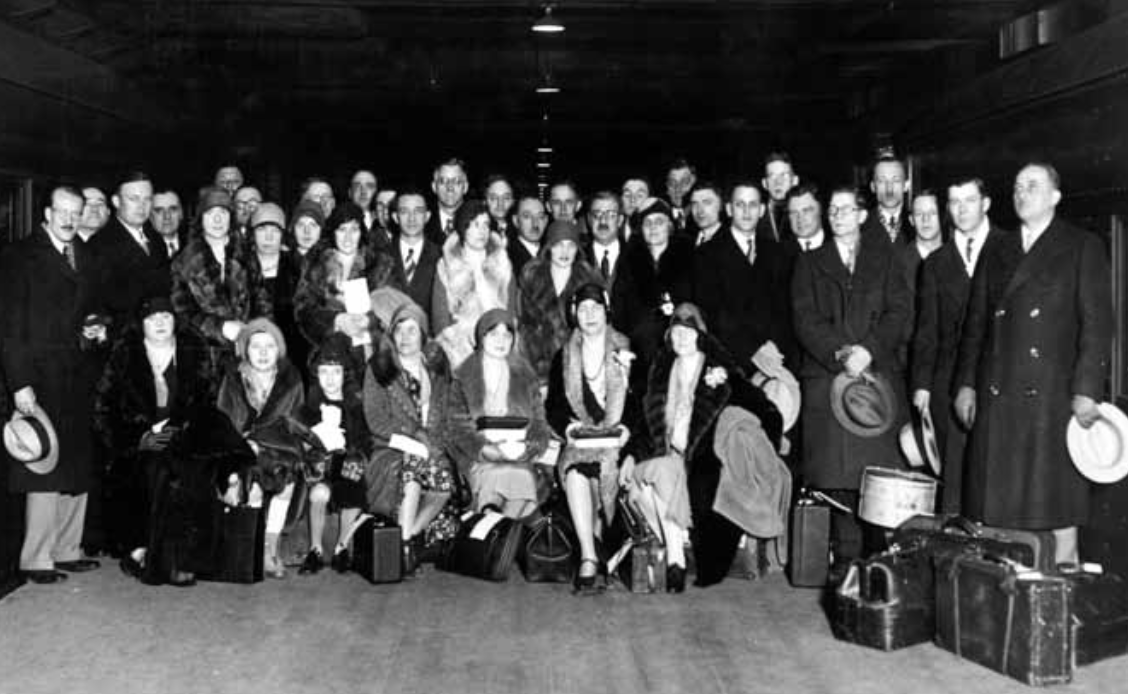
Kahn engineers operated all over the USSR building "tractor, car, aircraft power plants, foundries, forges, steelmaking and rolling mills; metallurgical, ball-bearing, aluminum, asbestos plants; machinery and tools manufacturing factories; textile mills, food processing plants" 
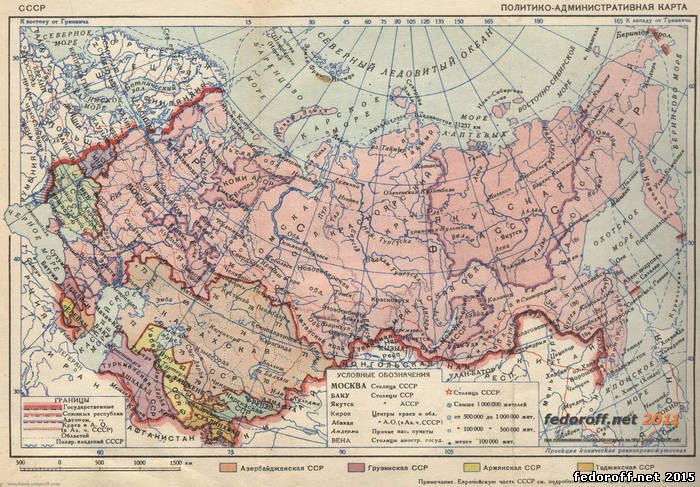
Soon they built bigger plants in Kharkiv and Chelyabinsk. That's a group of Soviet engineers at Chelyabinsk Tractor Plant office in Detroit, 1930. Kahn allowed great flexibility of production, making the plant "more universal" = not only for civil but also for military production 
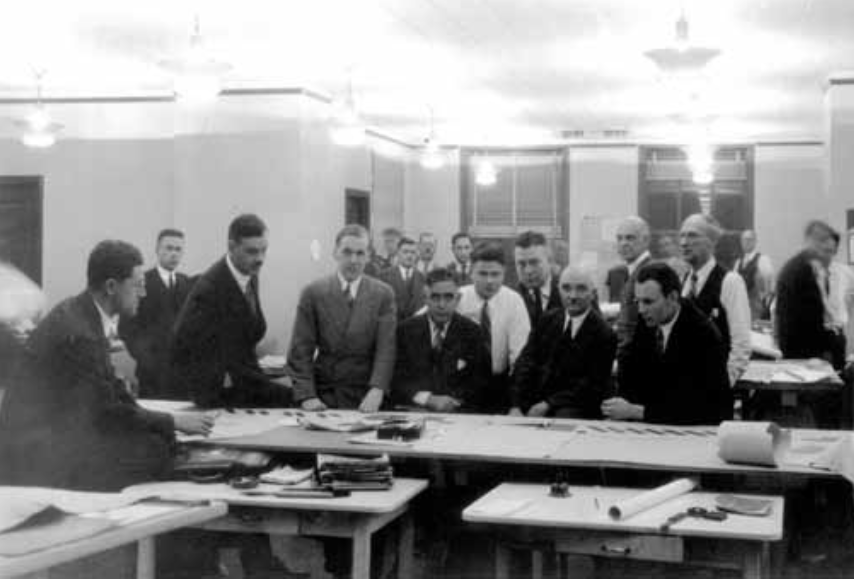
Kahn knew he's helping USSR to prepare for a war. In 1931 he told:
"There is no question about Russia’s preparing herself as fully as possible for such an event, nor is there any doubt that many of the newer plants are planned for the production of war materials when needed"
"There is no question about Russia’s preparing herself as fully as possible for such an event, nor is there any doubt that many of the newer plants are planned for the production of war materials when needed"
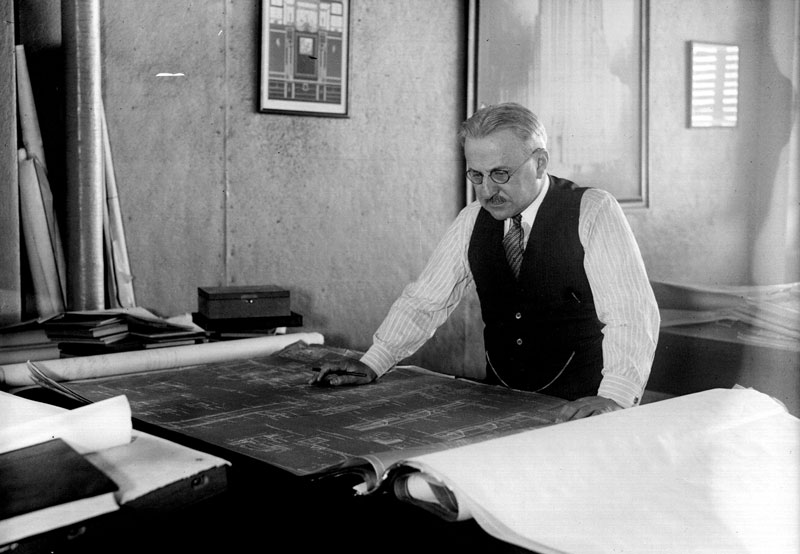
That's a partial list of some largest plants Kahn designed. After Kahn engineers departed, they left their blueprints, calculations, and specifications. They left-American trained Soviet experts who could use these models and emulate them with minimal changes (привязка) 
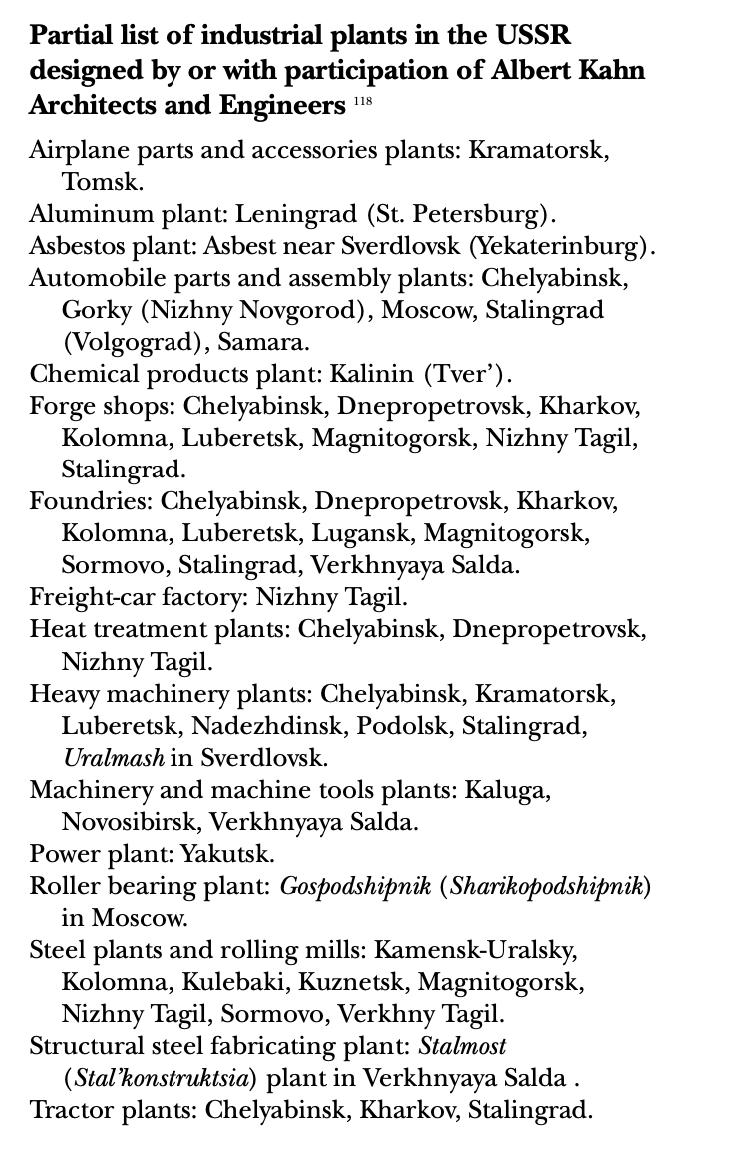
While Albert Kahn was the main planner of Soviet industrialization, hundreds of companies participated. Arthur McKee company designed and supervised construction of the largest Soviet steel plant in Magnitogorsk, modelled after the U.S. Steel Corporation plant in Gary, Indiana 

Henry Ford participated, too. Here you see him negotiating with the Amtorg Chief Saul Bron. In 1929 he signed a contract to build a GAZ vehicle factory in Nizhny Novgorod, supply it with equipment, machinery and technologies 
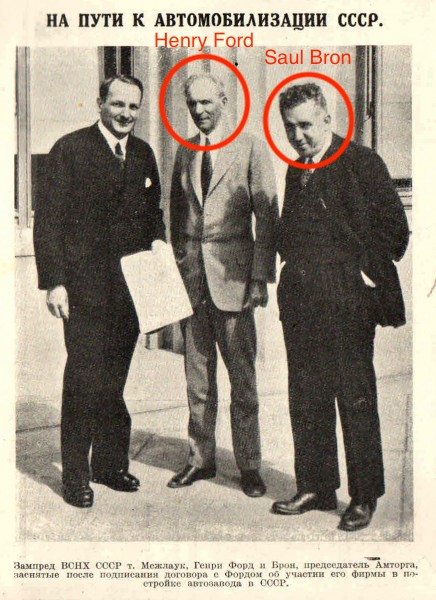
Here you see a Colonel Hugh Lincoln Cooper, of the US Army Corps of Engineers, standing in from of the greatest construction project of Stalin - Dnieproges hydrolectric dam. Colonel Cooper was its chief construction consultant, supervising the entire process 
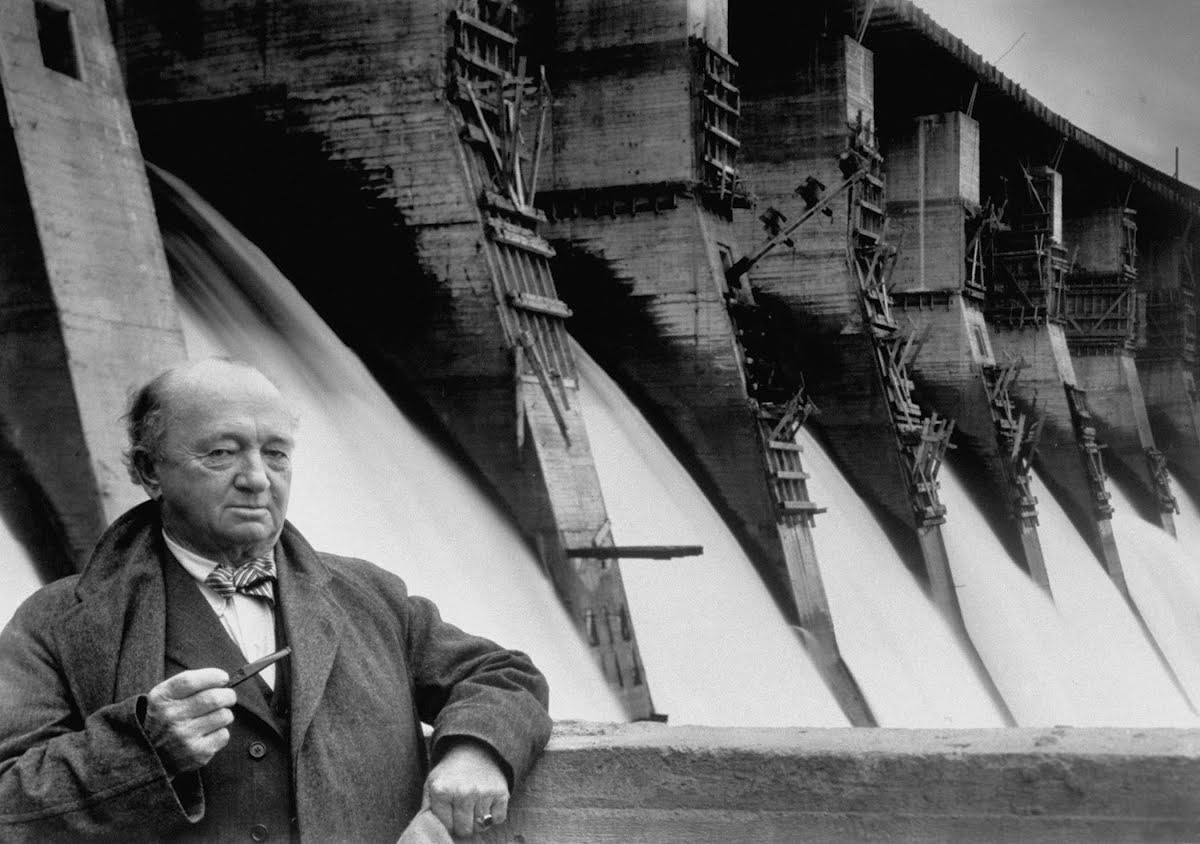
Now you make ask, ok, how did the USSR pay for all of it? Technological import from the US should have cost hella lots of money. Well, that's why Stalin had to milk his people dry. To pay for import, he exported all the food abroad. That's the reason of mass starvation, Holodomor 

In 1930 Stalin had to pay to Caterpillar Inc for equipment and wrote to Molotov:
"We need to increase grain exports from 1-1,5 to 3-4 million puds a day minimum. Otherwise we are risking to lose new metallurgy and machinery plants. We need to ferociously бешено enforce export"
"We need to increase grain exports from 1-1,5 to 3-4 million puds a day minimum. Otherwise we are risking to lose new metallurgy and machinery plants. We need to ferociously бешено enforce export"
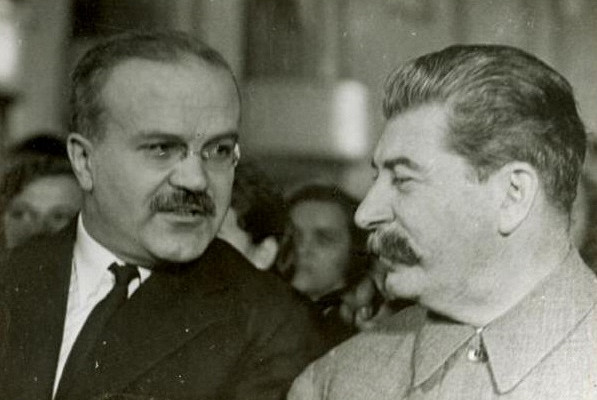
That was the main reason of Holodomor. To build his military power Stalin relied on technological import. To pay for this import, he took all teh food and sold it abroad. Millions starved as a result. Entire districts dying out, mass cannibalism and so on were the price of import 
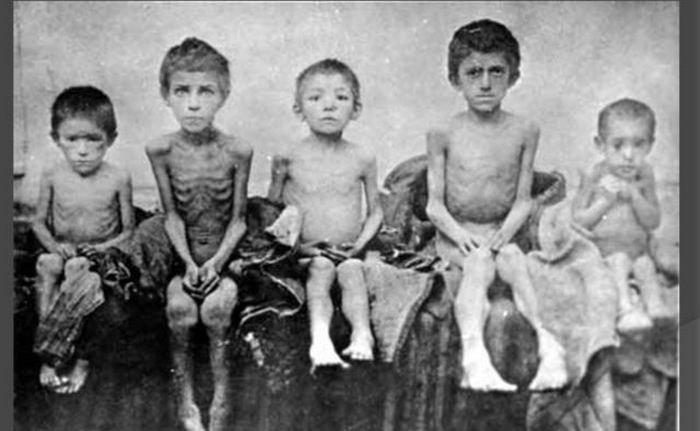
Ok, you may ask, but what happened with all these American-trained, American-connected managers and engineers? They would be a tool of American softpower? Yep. Exactly for this reason they were cleansed en masse in 1937-1938, during the Great Purge. Including Saul Bron of course 
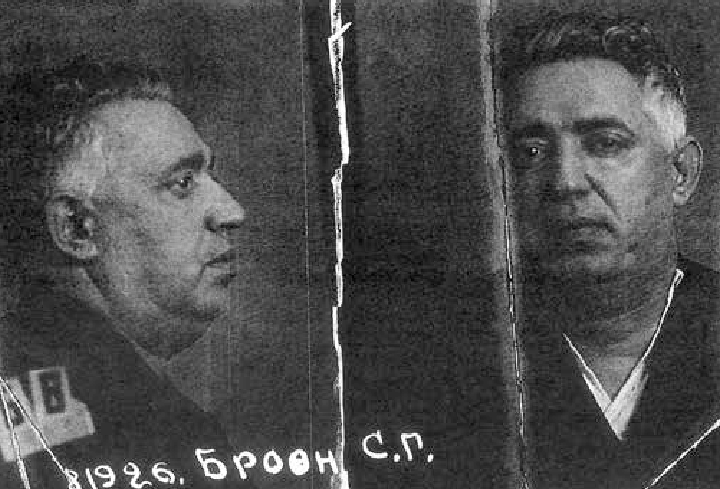
The narrative of "autarkic" and "self-sufficient" USSR is total BS. Soviet Industrialisation fully relied on American assistance, expertise and the technological import. And even with it all, USSR *still* didn't become self-sufficient. It had so many technological bottlenecks
One of these bottlenecks was fuel. USSR had Azerbaijani oil, but couldn't produce the high-octane aviation fuel. Its own production covered only 4% of Б-78 fuel necessary for its modern Як-1, Як-3, МиГ-3, ЛаГГ-3, Ил-2, Ил-4, Пе-2, Ер-2, Су-2 military planes 
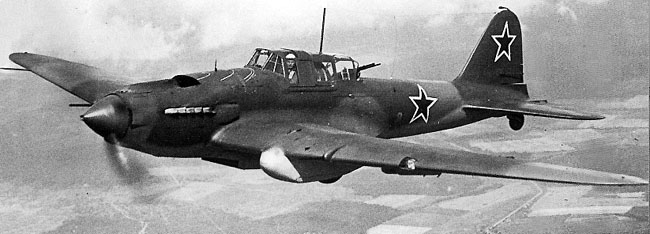
The USSR had no problem with producing low octane aviation fuel for the obsolete fighter and bombers like this fighter И-15 called "the flying coffin" by those unfortunates who had to use it. Meanwhile, modern Soviet aviation fully relied on imported fuel 

Why? Some argue that this was a result of negligence. I however, have a conspiracy theory. I suspect that when building Soviet industry Americans might purposefully include there a number of bottlenecks and limitations. Soviet army was fully functional only as an American ally 
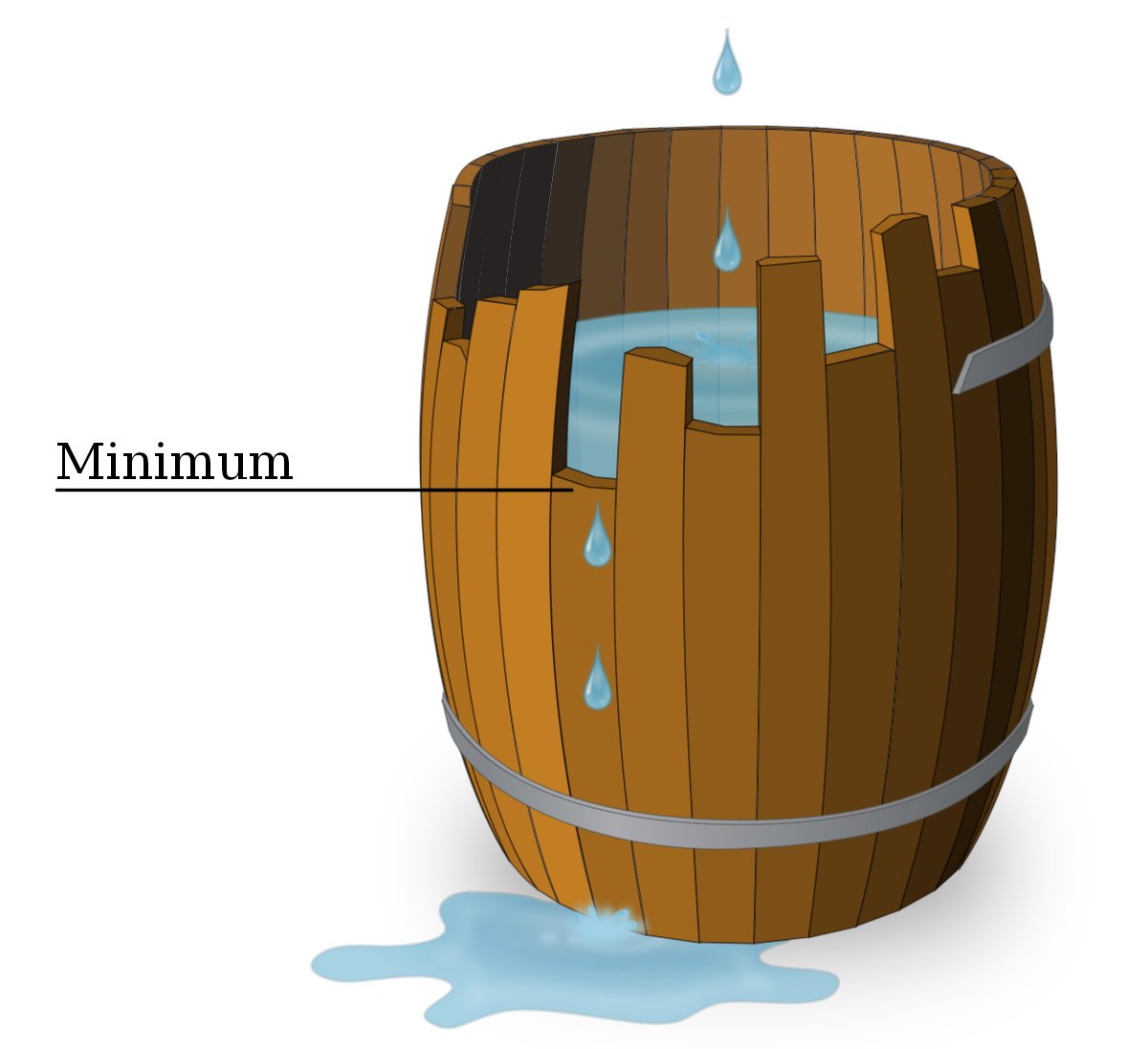
Consider the following. Spend a day googling the papers on industrial archaeology and you'll find tons of American projects on building Soviet "tractor" (=tank), car, metallurgy and many other plants. But I failed to find a single mention of Americans building Soviet Navy 
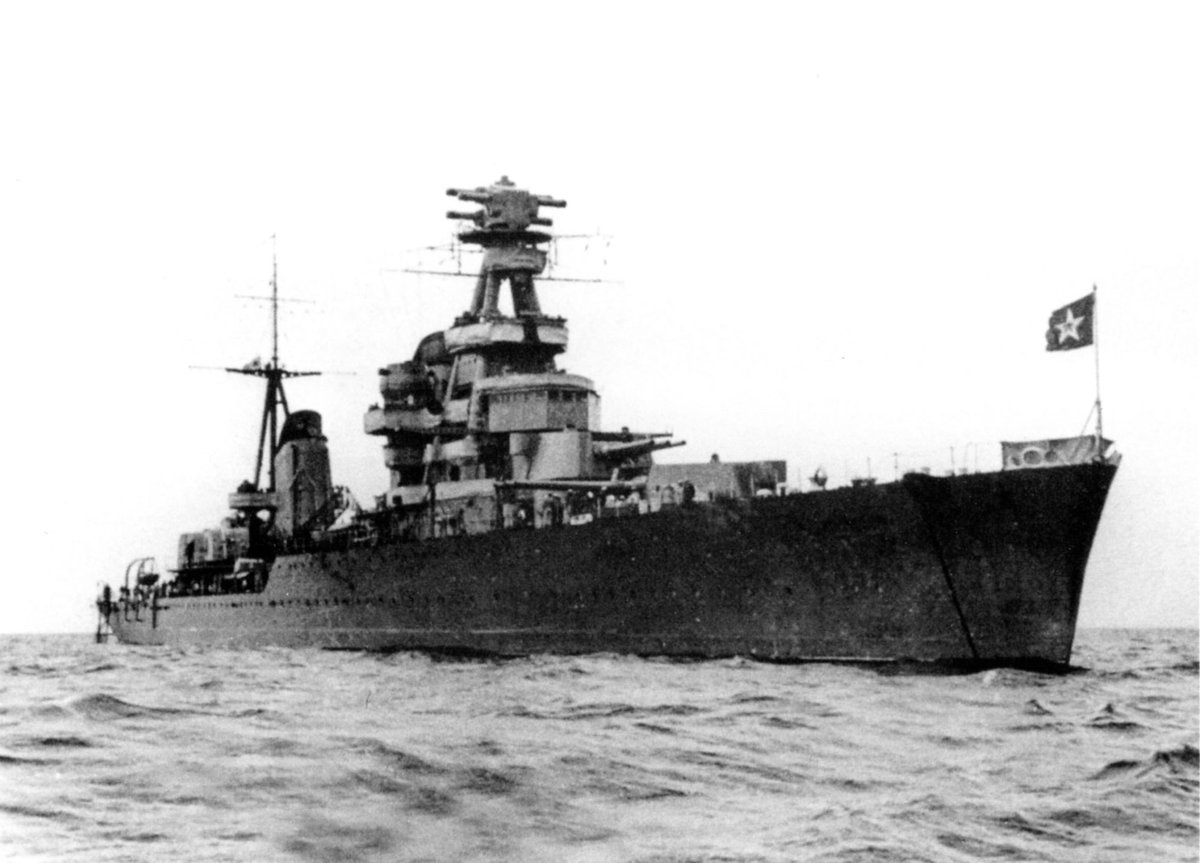
Did the Soviets want a Navy? Sure they did. In 1932 they accepted a "big fleet" program, designing and constructing big battleships. But now they unironically had to it on their own. Americans didn't help at all. Soviets build ships on Tsar's shipyards with their own technologies 
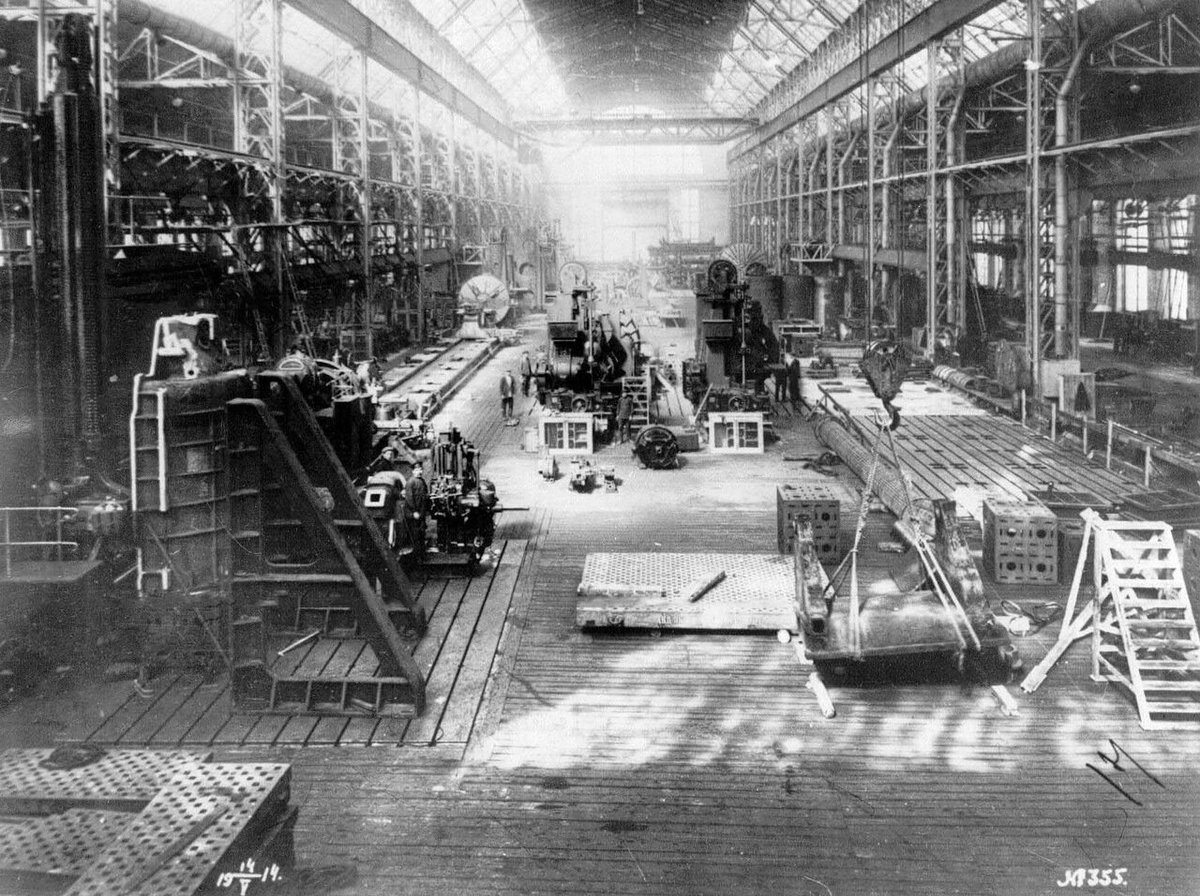
As a result very expensive Soviet Navy was super dysfunctional. In 1943 Stalin prohibited a battleships larger than a minesweeper to leave their bases without personal order. As a result most of Soviet battleships simply stayed there till 1945. Stalin's navy was largely useless 

Why wouldn't Soviets secure American assistance for the navy as they did for the army? I don't any evidence. But I suspect that Americans wouldn't provide help with building a force that could potentially endanger them. They prepared the USSR for the continental war and that's it
Let's sum up. All the narrative about the "autarkic" USSR is BS. Soviet Union wasn't autarkic and modern Russia is even less so. It's totally dependent upon technological import.
Soviet industrialisation was real and successful. But it was managed from abroad and had a number of (purposefully? I've no evidence though) built bottlenecks that made USSR a very fragile power. It couldn't fight a major war on its own, too many bottlenecks
Stalin might not realise that immediately. He might have believed in his power and invincibility. The war started 22 June 1941 and only on 29 June Stalin realised how badly it's going. So on July 6 general Golikov flew to London to secure lend lease, beg for the US help 
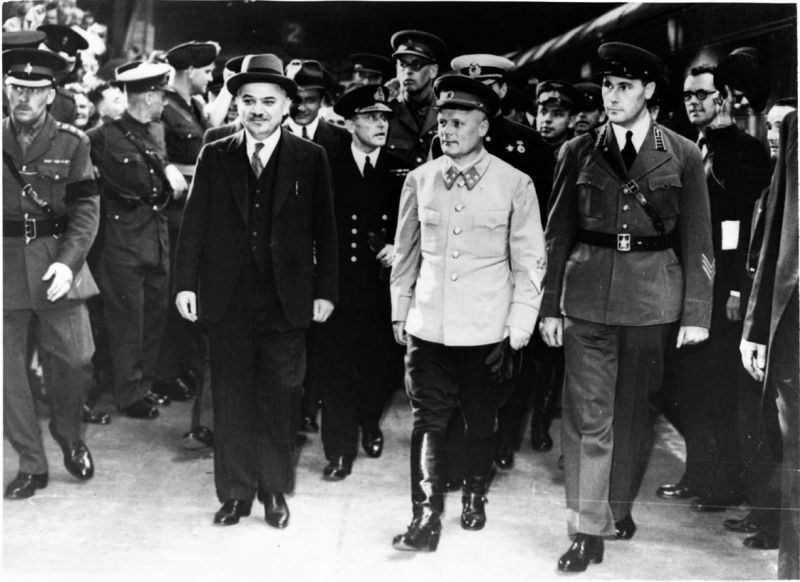
And Americans did help. They covered all the Soviet needs, supplied it with food, equipment, explosives (I know that sounds funny, but explosives production was a major Soviet bottleneck for some reason), vehicles. See American Steudebakers shipped to the USSR 
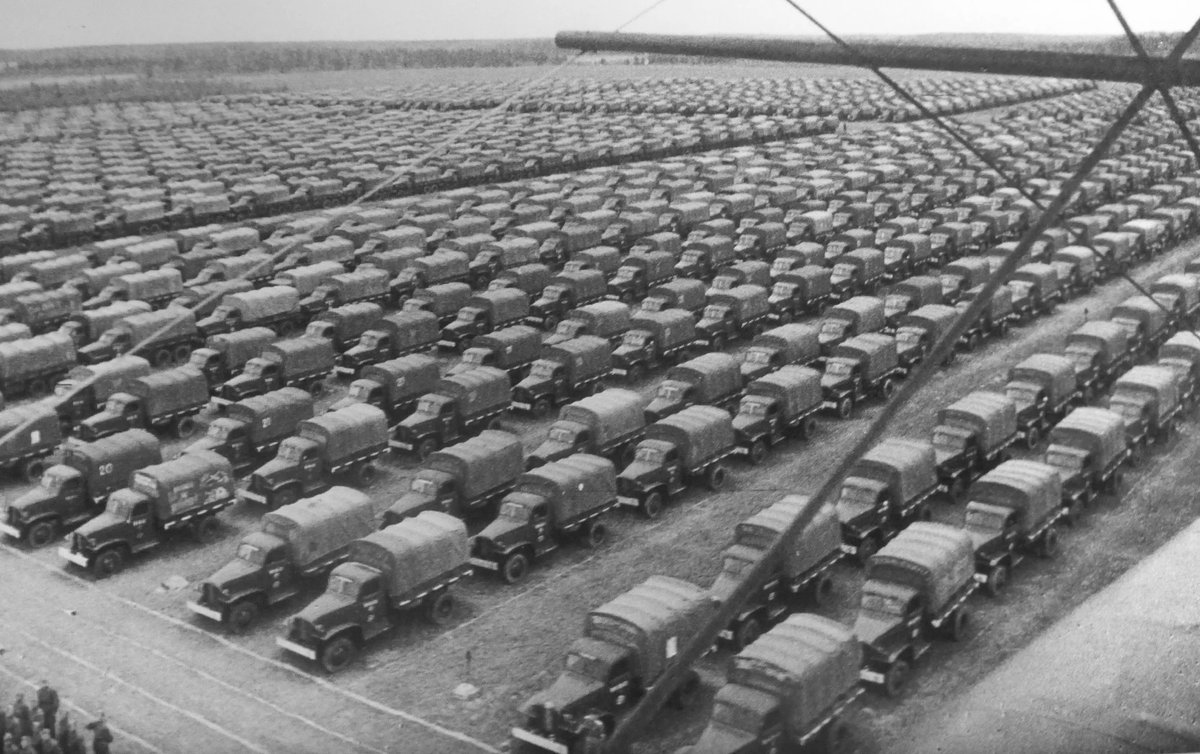
This might explain Hitler's decision to launch the war with the USSR. He correctly understood the military aspect of the war. He was right that the German strike would destroy the Soviet economy. Indeeed, by August 1941 they broke Soviet supply and technological chains completely 

What Hitler didn't understand however, is that Americans would fully, 100%, cover all Soviet needs in everything, from food to trucks, from high octane fuel to explosives. Hitler couldn't know that the US would put the USSR on an emergency life support apparatus 

Russia is not self-sufficient and it never was. It's not so much an evil empire as a Trade Federation, dependent on technological import from the West and export of natural resources. That's why every major war without Western allies ended in catastrophe like Crimean or Livonian 
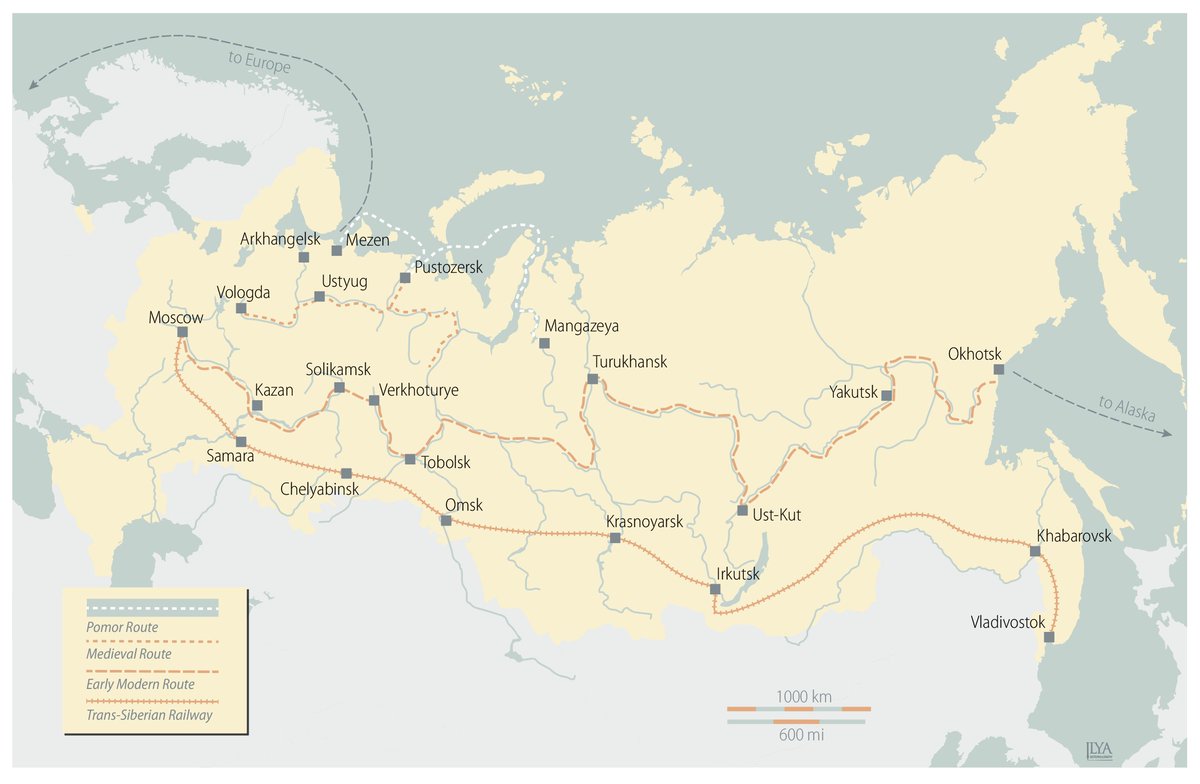
Now Russia is going full Livonian War scenario. This will again end with поруха, the disarray, and eventually with the Time of Troubles. I'll cover the new institutional trends in Russia in my next thread
And yet, the question may arise. Why Russia is so technologically dependent? Why despite having great technological expertise it fails to produce competitive products of its own? I'll outline my view on this in a future text "Why Russia didn't produce Bayraktars". End of🧵
Regarding the Albert Kahn and Saul Bron stories I relied on brilliant papers by Sonia Melnikova-Raich which I absolutely recommend. That's part I on Albert Kahn, there's also a part II on Saul Bron 

If you like reading my longreads, you can subscribe to my substack kamilkazani.substack.com
And of course if you want to support my work, I'll be grateful for donations, be it in crypto or in fiat - posted all the links here
https://twitter.com/kamilkazani/status/1504152993553342464
• • •
Missing some Tweet in this thread? You can try to
force a refresh





